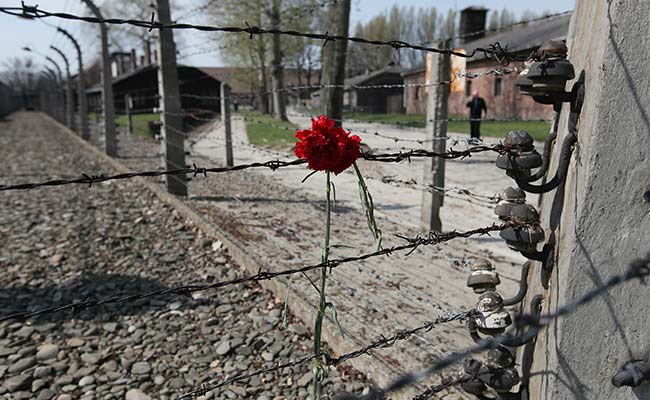
Dark tourism is a phenomenon gaining significant attention in recent years. (File)
At least 167 people died in the devastating landslides in Wayanad on Wednesday. In response to the tragedy, Kerala authorities are urging the public to avoid the area, warning against “dark tourism” that may hinder critical rescue efforts.
“Please don’t go to disaster areas for sightseeing. It will affect rescue operations. Call 112 for assistance,” Kerala Police warned in a message posted on X.
ദയവായി കാഴ്ചകൾ കാണാൻ ദുരന്ത പ്രദേശങ്ങളിലേക്ക് പോകരുത്????????
അത് രക്ഷാപ്രവർത്തനത്തെ ബാധിക്കുംസഹായങ്ങൾക്ക് 112 എന്ന നമ്പറിൽ വിളിക്കാം #keralapolicepic.twitter.com/D6irnQICNJ
— Kerala Police (@TheKeralaPolice) July 30, 2024
What is ‘dark tourism’?
Dark tourism, a phenomenon gaining significant attention in recent years, has been thrust into the global spotlight by TV shows like Chernobyl and The Dark Tourist. But what is it?
Dark tourism refers to the practice of travelling to and visiting sites associated with death, suffering, tragedy, violence, or the unusual. These destinations can include cemeteries, mausoleums, mortuaries, disaster zones, battlefields, memorials, prisons, execution sites, and crime scenes.
Dark tourism destinations may include the Chernobyl exclusion zone in Ukraine, the Killing Fields in Cambodia, the Auschwitz camp in Poland, and the 9/11 Memorial in the US.
Other sites might be haunted houses, paranormal activity, or infamous historical events.
Definitions of ‘dark tourism’
One of the earliest definitions of dark tourism was provided by John Lennon and Malcolm Foley, who described it as “the representation of inhuman acts, and how these are interpreted for visitors.”
A more recent definition by Kevin Fox Gotham expands on this idea, describing dark tourism as “the circulation of people to places characterised by distress, atrocity or sadness and pain.”
Mr Gotham also introduced the concept of “disaster tourism”, which refers to situations where tourism rises in response to a major disaster or traumatic event.
Why dark tourism is popular
For many, the appeal of dark tourism lies in the emotional connection they make with a place of tragedy. Visitors seek to immerse themselves in the history and culture of a location and connect with the emotions of those who experienced the tragedy firsthand.
By visiting these sites, people can tangibly engage with the past, paying respects to those who suffered. Dark tourism allows individuals to process and understand the significance of historical events and reflect on history.

